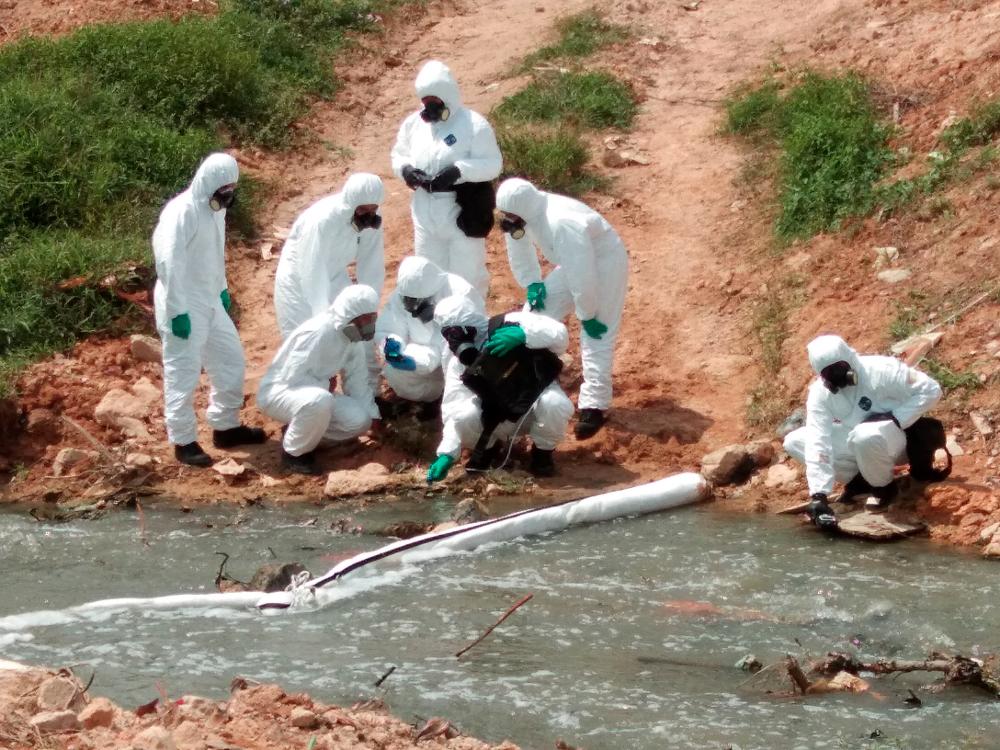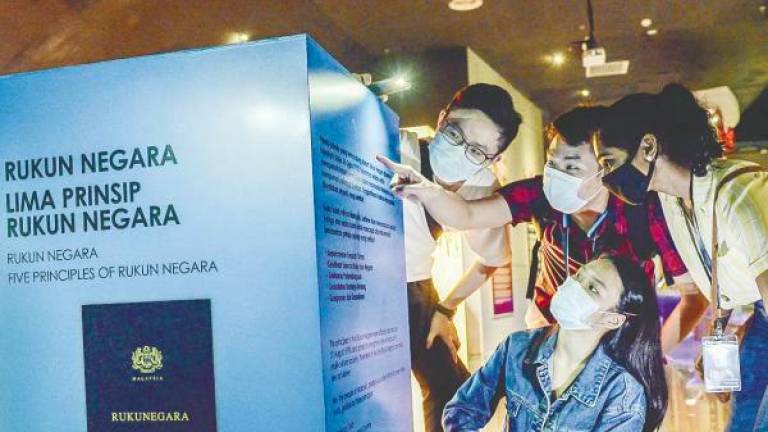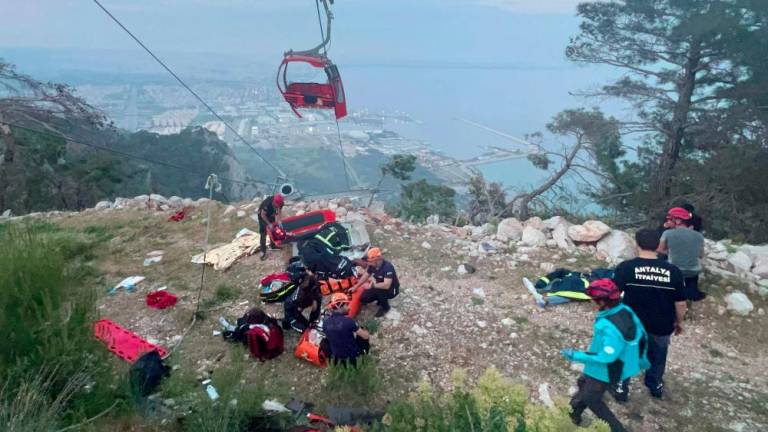KUALA LUMPUR: The management and mitigation efforts by various federal government agencies in pollution-hit Pasir Gudang resemble work in an emergency situation, the Dewan Rakyat was told today.
Deputy Minister in the Prime Minister’s Department Hanipa Maidin said the federal government agencies engaged in addressing the pollution triggered by the dumping of toxic chemical waste in Sungai Kim Kim there were the National Disaster Management Agency (NADMA), Malaysian Armed Forces, Health Ministry and Department of Environment.
The Royal Malaysia Police, Fire & Rescue Department, Hazardous Materials (Hazmat) Specialised Team, Drainage and Irrigation Department and Education Ministry are also involved in these efforts, he said when winding up debate on the emergency motion on the Pasir Gudang toxic chemical waste pollution crisis.
The management and mitigation efforts resemble work in an emergency situation although there is no need, as yet, to declare an emergency, he said.
“For now, we have been informed that the state government can address the situation and it is not necessary to refer to the federal government to declare an emergency under the directive of the National Security Council, Directive No. 20,“ he said.
Toxic fumes from chemical waste dumped into Sungai Kim Kim in Pasir Gudang have affected the health of over 1,000 residents.
The emergency motion was tabled by Hassan Abdul Kasim (PH-Pasir Gudang). Four MPs spoke during the debate and six ministers wound up the debate.
Hanipa said the Johor State Disaster Management Committee, which met yesterday, decided that the state government can address the issue.
He said the agencies involved feel that the issue has not reached the level of a disaster for the declaration of an emergency.
“The federal government has also agreed to provide an allocation of RM8 million to clean up the river as soon as possible. Every affected family will be given a compassionate payment according to a list prepared by the district officer,“ he said.
Defence Minister Mohamad Sabu, in winding up the debate, said the Chemical, Biological, Radiological and Nuclear (CBRN) Team and the Casualty Evacuation Unit of the Malaysian Armed Forces have been mobilised to the affected area to trace, identify and dispose of the chemical effluent.
“The military is ready to go into action whether in an ordinary or emergency situation and will work hard to rehabilitate the area. This is our commitment and, if necessary, we will supplement the units from time to time, to help the area and the victims,“ he said.
Health Minister Datuk Seri Dr Dzulkefly Ahmad said that apart from medical assistance and examination, the ministry is conducting checks to monitor the qualify of food in the area.
“The Health Ministry is also conducting a risk assessment to ensure that the river water does not pollute the water in the catchment area,“ he said.
He advised the people against watching the river clean-up process, saying it is feared that it will cause more chemical reaction.
“We are faced with a chemical disaster situation that we have yet to witness or experience. It is easy to talk about having SOP (standard operating procedure) but, in this case, there is no SOP that I know of that can be applied. As such, it is very important for everyone taking action to also take mitigation measures,“ he said.
Since the incident began on March 7, over 1,000 people had sought treatment for various respiratory ailments.
Dzulkefly said 397 people had been admitted to the ordinary wards and 13 to intensive care.
“Right now, seven people are still in intensive care, two in the high-dependency unit and 382 in the ordinary wards. Seventy of the total admitted to hospital have been discharged,“ he said. — Bernama













